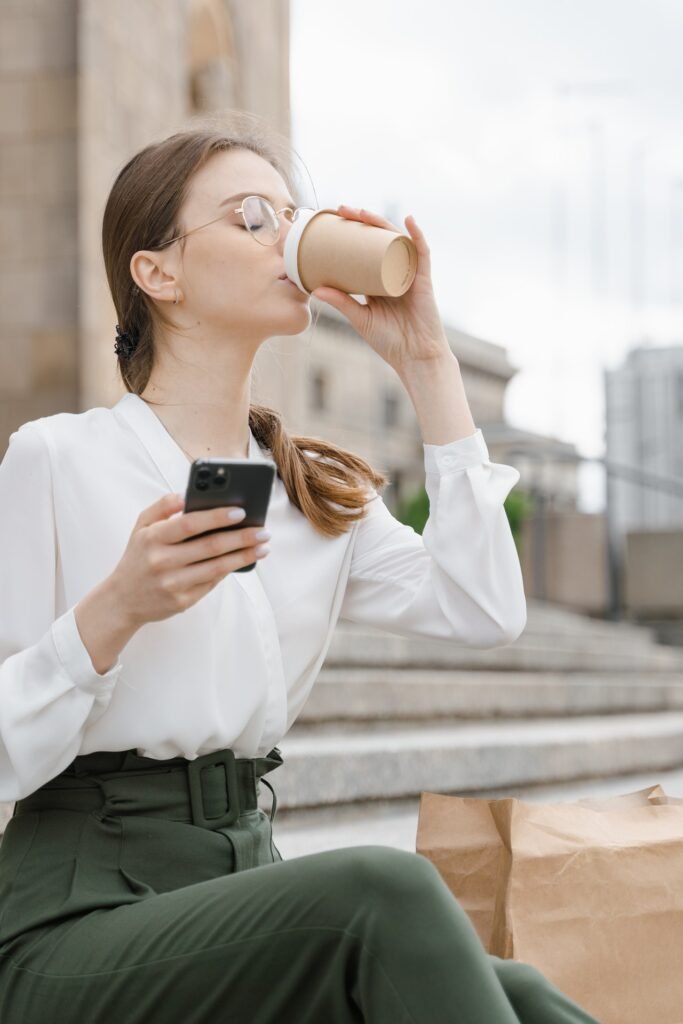
Much of the plastic items we use is completely useless; give up these items and you will not miss them.
Plastic is so ubiquitous in our lives that it can be difficult to understand exactly what the problem is. Without going into too much detail, consider the following:
We produce over 380 million tons of plastic every year, which is less painful than producing over 837 billion kilograms of plastic every year. Half of the total amount of plastics produced from 1950 to 2015 was produced from 2004 onwards
Plastic is one of the strongest materials we make. The time it takes for plastics to degrade varies widely depending on the conditions and composition of the plastic. For example, it can take up to 500 years for an HDPE milk container to degrade on land and 116 years in the marine environment.2 50 percent of the plastic we produce is used once and then disposed of.3 Eight million tons of plastic reach the ocean every year
Facts like these are abundant, but you get the idea. So a call to arms. Here are some very simple things you can give up in order to reduce your contribution to the problem.
Table of Contents
1. Coffee cup lid
It’s ideal to abandon coffee cups to take them all together, but at least ditch the lid (and sleeve) and stir the stick while you’re at it. A reusable cup of coffee is the way to go, but when you drink coffee without coffee, you’re foregoing the lavish accessories.

2. Plastic items if there is a paper option
Think of eggs in a paper box instead of eggs in a shell wrapper, of toilet paper wrapped in paper instead of plastic, of anything in the box instead of the bag.
3. Straw
Well now we are in Peak War On Straws which is a great thing! (Although some people love to hate it.) More than 500,000,000 plastic straws are used in the United States every day. Why? Are we too lazy or uncoordinated to have a drink and tilt our heads back? Some people may have physical issues that require the use of a straw, that’s fine, but for the rest of us, throw away the disposable straw.
4. Packaged products
Select products that are not wrapped in plastic. Read here if you need to persuade yourself: 7 reasons not to use packaged salads
5. Plastic bags
Bring reusable product bags to market, use paper bags, bring your own glasses, or do without a bag altogether and just put mass-produced items in the shopping cart.
6. Plastic shopping bags
Fortunately, plastic bags that are choking planets that kill animals are increasingly coming under control, but there have been setbacks as many states and places outlawed bags. Reusable shopping carts are lightweight, just get used to them. If you go shopping by car or shopping cart, do like Katherine and use grocery boxes.
7. Plastic wrap
Instead, opt for jars, glass food containers, aluminum foil (not the best, but it can be reused and recycled over and over), oilcloth, parchment paper, fabric bowl lids (think shower caps), stainless steel food containers, a bowl of a plate on it.
8. Party plastic
Instead of buying cups, plates, and dishes for every party, invest in a “party set” of used glasses, ceramic plates, and dishes that you can keep in a milk crate in a cupboard and take with you for fun.
9. Water bottles
Plastic water bottles were kids with bad posters for old plastic trash, but we still insist on the absurd practice of buying water in bottles. A quarter of American households buy bottled water.6 We just have to stop. And the solution (a reusable water bottle) couldn’t be simpler.
So this is a start. This list is by no means exhaustive; If you have any suggestions for other easy-to-place articles, please add them to the comments.
Also read about: Eating more Breakfast Foods can Reverse Muscle Loss as you Age.